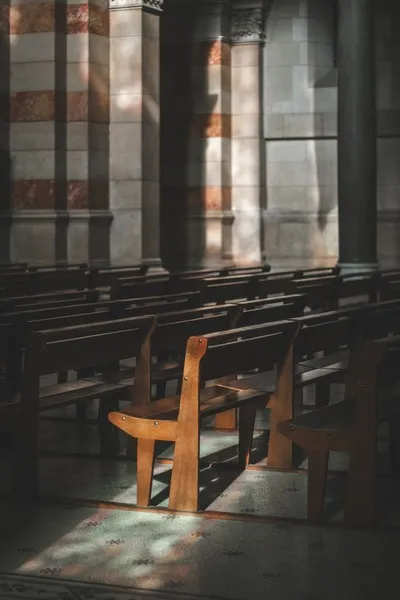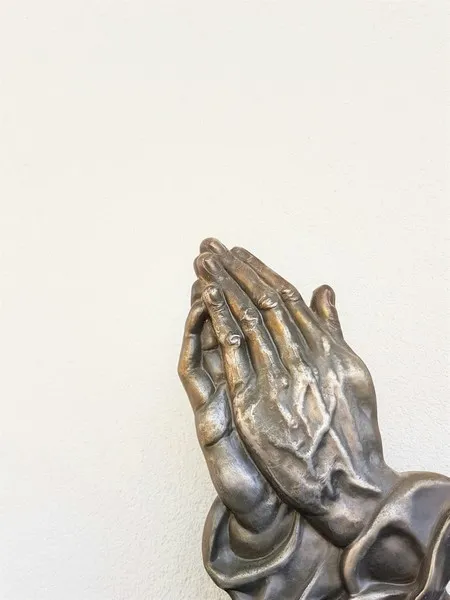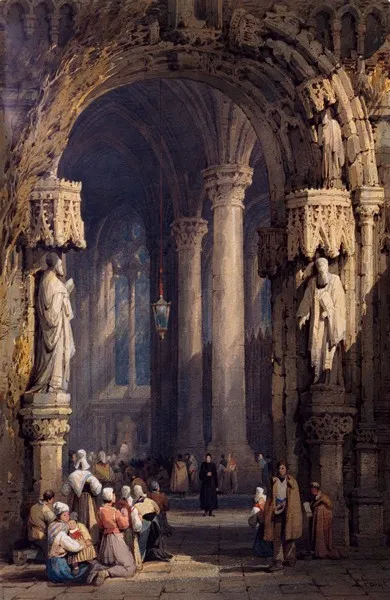Table of Contents
- The Origins of Churches: Community and Spirituality
- The Rise of Christianity and the First Churches
- The Medieval Church: Power and Influence
- The Reformation and the Fragmentation of Christendom
- Churches in the Modern Era: Adaptation and Globalization
- Conclusion: Churches as Dynamic Social Institutions
The development of churches is a fascinating subject that intertwines history, sociology, and cultural studies. From their origins as informal gatherings to their transformation into complex institutions, churches have played a significant role in shaping societies and cultures across the globe. This article explores the historical development of churches, focusing on the socio-cultural conditions that led to their establishment and evolution. By examining these dynamics, we can gain insights into how religious institutions reflect and influence the societies in which they emerge.
The Origins of Churches: Community and Spirituality
Early Religious Practices
Before churches, religious practices were deeply rooted in community rituals and shared beliefs. In prehistoric societies, people gathered to perform rituals that connected them to the natural world and their ancestors. These gatherings were often informal, taking place in sacred spaces like caves, forests, or open plains. The lack of formal structures in these early practices underscores the communal nature of early religion, where shared experiences were more important than institutional frameworks. These early rituals not only provided spiritual solace but also fostered social cohesion, serving as an essential mechanism for maintaining harmony within small communities.
The Birth of Organized Religion
The transition from nomadic to settled societies during the Neolithic Revolution marked a turning point in religious practices. With the advent of agriculture, communities became more structured, leading to the need for organized religious systems. Temples, often dedicated to gods associated with fertility, harvest, or protection, began to emerge as focal points for worship. These early temples can be seen as precursors to modern churches, serving as centers for both spiritual and social activities. The construction of such spaces reflected the increasing complexity of human societies, where shared religious symbols and rituals became central to communal identity.
Religion and Power Dynamics
As societies grew, the role of religious leaders expanded. They were not only spiritual guides but also mediators of disputes and custodians of communal resources. This dual role laid the foundation for the institutionalization of religion. The centralization of religious authority in temples set the stage for the later emergence of structured organizations like churches, which would come to wield significant influence over both individuals and communities.
The Rise of Christianity and the First Churches
The Socio-Political Context of Early Christianity
The rise of Christianity in the first century CE occurred within the socio-political context of the Roman Empire. This period was characterized by widespread social inequality, political unrest, and a sense of spiritual disillusionment. Christianity’s message of hope, equality, and salvation resonated with marginalized groups, including slaves, women, and the poor. The Roman Empire’s extensive network of roads and trade routes facilitated the spread of Christian teachings, allowing them to reach diverse populations. The inclusive nature of early Christianity, which emphasized spiritual equality, offered a compelling alternative to the hierarchical and often exclusive religious practices of the time.
House Churches: The Early Christian Model
In its early stages, Christianity was practiced in small, informal gatherings often held in private homes, known as house churches. These gatherings were both spiritual and social events, creating close-knit communities that offered support and solidarity. The absence of formal structures during this period highlights the adaptability of early Christianity to the needs of its followers. House churches also provided a sense of safety and intimacy, which was crucial during periods of persecution. They became spaces where individuals could share their faith openly, fostering a sense of belonging and collective identity.
Institutionalization and the Emergence of Church Buildings
The legalization of Christianity in 313 CE through the Edict of Milan marked the beginning of its institutionalization. As Christianity gained state support, the construction of formal church buildings became a priority. These early churches, such as the Basilica of St. John Lateran in Rome, were modeled after Roman administrative buildings, symbolizing the shift from grassroots movements to established institutions. This architectural choice reflected the growing alliance between the church and the state, positioning Christianity as both a spiritual and political force. The establishment of grand church buildings also served to legitimize the religion, demonstrating its permanence and authority.
The Medieval Church: Power and Influence
The Church as a Dominant Institution
During the medieval period, the church became one of the most powerful institutions in Europe. It wielded influence not only in spiritual matters but also in politics, education, and economics. This dominance was facilitated by the feudal system, which intertwined religious and secular authority. The church’s vast landholdings and wealth gave it unparalleled control over resources, allowing it to exert significant influence over rulers and commoners alike. Its role as a moral and ethical arbiter further solidified its authority, making it an indispensable part of medieval life.
Gothic Cathedrals: Symbols of Faith and Power
The construction of Gothic cathedrals during the High Middle Ages exemplifies the church’s wealth and influence. These architectural marvels, such as Notre-Dame de Paris and Chartres Cathedral, served as both places of worship and symbols of divine authority. The intricate designs and towering spires of these cathedrals were intended to inspire awe and reinforce the church’s spiritual and social supremacy. Beyond their religious significance, these structures became centers of community life, hosting markets, festivals, and public gatherings. The sheer scale of these projects demonstrated the church’s capacity to mobilize resources and labor, reflecting its central role in medieval society.
Monasticism and Community Service
Monastic orders, such as the Benedictines and Franciscans, played a crucial role in the medieval church’s evolution. Monasteries became centers of learning, charity, and community service, reflecting the church’s multifaceted role in society. These institutions preserved classical knowledge, provided education, and cared for the poor, cementing the church’s position as a cornerstone of medieval life. Monasteries also served as hubs of agricultural innovation, contributing to the economic stability of their regions. The monastic emphasis on discipline and communal living offered a model of organization that influenced broader societal structures.
The Reformation and the Fragmentation of Christendom
Socio-Cultural Causes of the Reformation
Get the full article AD FREE. Join now for full access to all premium articles.
View Plans & Subscribe Already a member? Log in.





